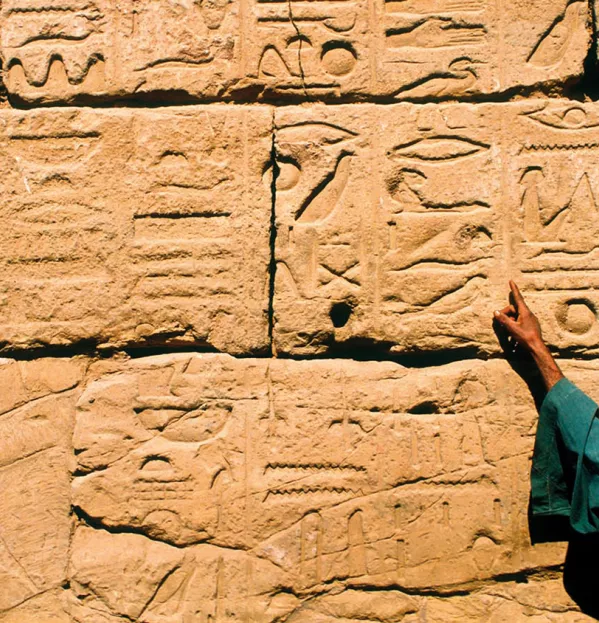Sometimes what can seem like a fairly simple task actually turns out to be quite taxing. A case in point: ensuring that everyone understands and can talk about the curriculum. We use it every day - it should be easy. But it’s not.
Take the word “skills” - this can be interpreted in lots of ways, from “transferable skills” right through to “subject-specific skills”. Other such woolly buzzwords include “enrichment”, “theme-based approaches” and “broad and balanced”.
I mean, I can’t imagine many schools saying that they don’t want to deliver a broad and balanced curriculum to their children, but would we all mean the same thing? Would our vision of that be the same or even similar?
I’d like to chuck my own two words into the mix while we’re at it: “topic” - probably more relevant in primary, that one - and “mastery approach”.
If everyone is using these words with varying meanings - including inspectors - it seems to me that it is important for schools to define them for themselves and their own curriculums.
So how can we make things a bit more concrete?
One example we’ve been working on over the past year is our mastery approach. “Mastery” just sounds good, doesn’t it? Who doesn’t want to master different subjects? But what does it actually mean?
At my last performance management review, one of the targets I was set was to develop a generic definition for our mastery approach and then work with subject leaders in order to enable them to define mastery in their own subjects. Like most schools, we started thinking about mastery in maths first, but then we moved on from that.
For us, mastery is our long-term approach; it’s how we organise our curriculum over a child’s school career from early years foundation stage to Year 6. It boiled down to a simple three-part model: variation, practice and clarification and application.
After I shared this with subject leaders, they went away and came up with an explanation of how they build each of the three parts into their subject over time. Now we’re at the stage of collecting examples of what this looks like, too.
Working this way has taken us beyond just creating a definition of “mastery” in words - it has enabled us to demonstrate what it means in practice, which is hopefully more meaningful to everyone in the end.
Claire Lotriet is assistant headteacher at Henwick Primary School in London. She tweets at @OhLottie and blogs at clairelotriet.com
